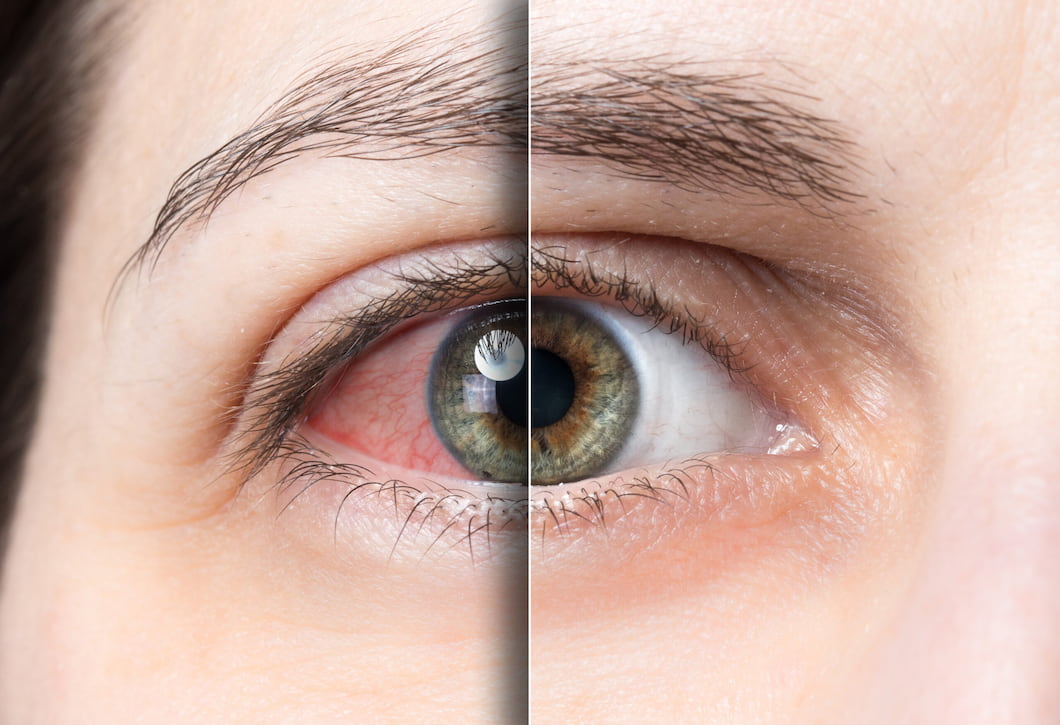
Dry Eyes
This blog on Dry eyes has been contributed by Dr. Alia Issa, General Ophthalmologist at Moorfields Eye Hospital Dubai
Introduction
Dry eye is one of the most common reasons to visit an ophthalmologist. It is estimated that around 75% of people worldwide suffer from dry eye at some point in their life.
What causes dry eye?
Environmental factors like air conditioning, air pollution, cigarette smoke, contact lens use, dusty and hot weather, and extended computer and smartphone use can contribute to dry eye and ultimately worsen symptoms. But also gender and age, systemic diseases, especially autoimmune diseases and medications play an essential role in developing dry eye disease.
What are the symptoms?
Symptoms can include foreign body sensation, pain, itchiness, tearing, redness of the eyes and blurry vision.
How do we diagnose dry eye?
When diagnosing a dry eye we differentiate between two main types of dry eye i.e. evaporative dry eye and aqueous deficient dry eye. Evaporative dry eye means that the tear film evaporates from the ocular surface faster than it should. In contrast, aqueous deficient dry eye describes a condition where tear production is reduced. Both have different underlying causes, which require different treatment approaches.
How do we treat dry eye?
Dry Eye is a complex disease; very often, it is not one but multiple factors that contribute to it. Therefore, a detailed history, slit lamp examination and special diagnostic tests are vital in finding the right individual treatment approach for each patient. Treatment options can vary from lifestyle changes, different types of artificial tears, and tear plugs to in-office treatments like Intense Pulse Light (IPL) , depending on the underlying causes of the dry eye.
At Moorfields Eye Hospital Dubai, we can tailor an individual treatment plan for each patient. If you feel you are experiencing dry eye symptoms, we recommend you visit a specialist to get a professional diagnosis and treatment if required.